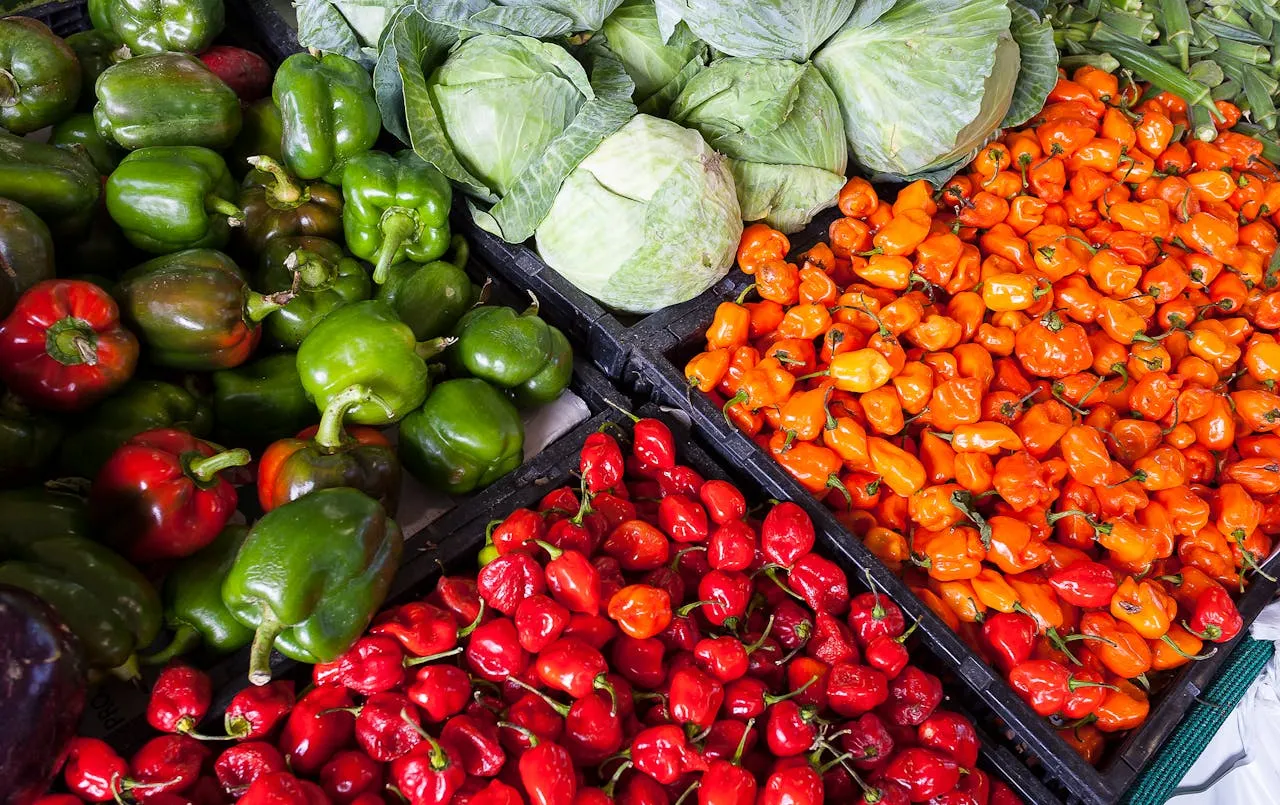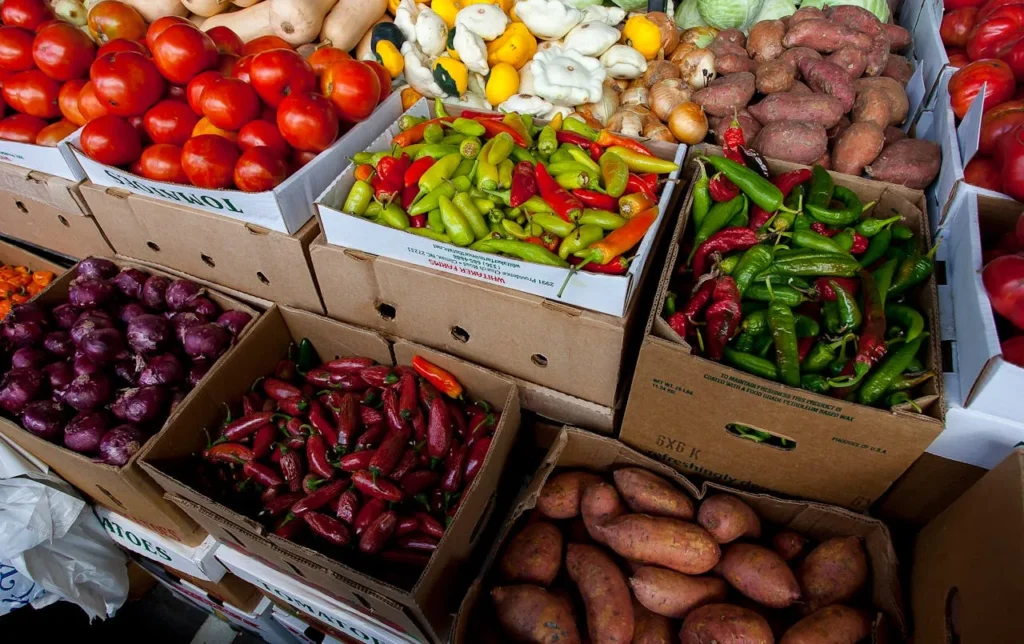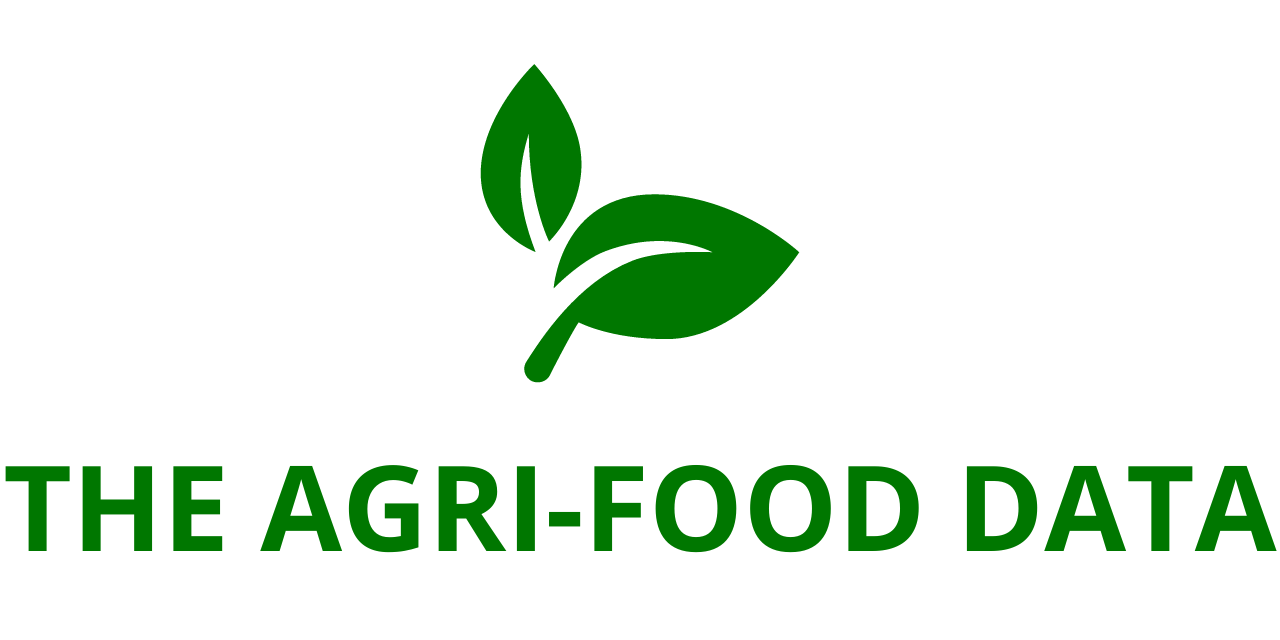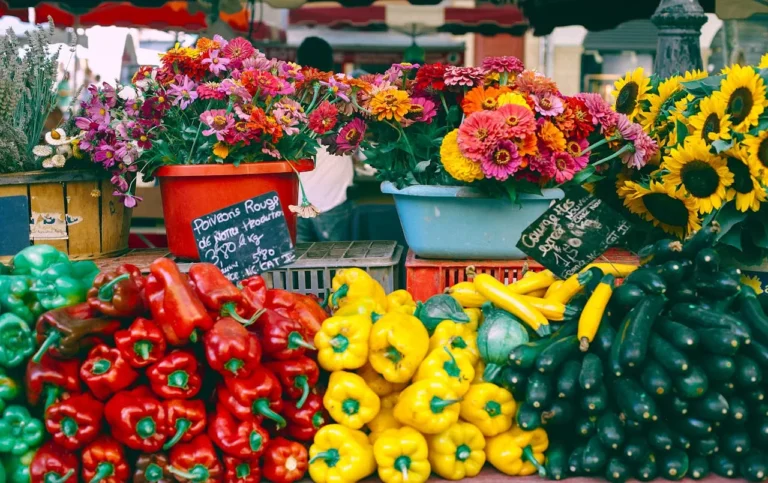
India Organic Food Market 2025–2033: Growth at 10.94% CAGR
The report “India Organic Food Market Share Analysis and Size, Key Player, Growth Trends and Forecast 2025–2033” has been added to ResearchAndMarkets.com, providing in-depth insights into one of the fastest-growing sectors in India’s food and agriculture landscape. According to the study, the Indian organic food market is projected to grow from US$ 8.63 billion in 2024 to US$ 21.99 billion by 2033, expanding at a compound annual growth rate (CAGR) of 10.94% between 2025 and 2033.
This remarkable growth trajectory is being fueled by a mix of health-driven consumer demand, government initiatives, and corporate investment in agritech and organic farming. At the same time, India’s expanding role as a global supplier of organic produce—from spices and oilseeds to tea and packaged products—reinforces its position as both a domestic and international growth hub for the organic movement.
Rising Awareness and Shifting Preferences
Consumer preferences across India have undergone a fundamental shift over the past decade. Increasing awareness about the health risks of chemical pesticides and fertilizers, alongside greater knowledge of the benefits of organic foods, has motivated millions of households to reconsider their daily food choices.
Products such as organic fruits, vegetables, grains, dairy, pulses, and ready-to-eat meals are witnessing strong demand. These items are no longer confined to niche urban markets; they are now widely available in supermarkets, organic specialty stores, and e-commerce platforms. The rise of India’s middle class, coupled with higher disposable incomes, has further encouraged consumers to spend more on premium-quality, safe, and sustainable food products.
Government Support: Fueling Organic Adoption
The Indian government has played a pivotal role in encouraging organic farming practices. Programs such as the National Program for Organic Production (NPOP), National Horticulture Mission (NHM), and subsidies for certification and cultivation have given farmers both financial and institutional support.
For instance, under the NHM scheme, farmers are eligible to receive Rs. 10,000 per hectare for organic cultivation (up to four hectares), along with certification support worth Rs. 5 lakh for farmer groups covering 50 hectares. Such initiatives reduce the financial burden on farmers transitioning away from conventional practices and encourage large-scale adoption of eco-friendly farming methods.
This support is particularly important given the harmful effects of conventional farming, which has contributed to soil degradation, pesticide-resistant pests, declining fertility, water pollution, and oceanic dead zones. By promoting sustainable agricultural practices, India is addressing not only food security but also long-term environmental stability.
Export Strength and Global Opportunities
India has become a leading exporter of organic products to global markets. Commodities such as tea, spices (cumin, turmeric, and cardamom), oilseeds, rice, and pulses are in high demand internationally, especially in North America, Europe, and parts of Asia.
The growing preference for natural, chemical-free, and ethically sourced products among global consumers has placed India in a favorable position. The country’s compliance with stringent international certifications, including India Organic, USDA Organic, and EU Organic, has enhanced trust and ensured acceptance in premium international markets.
Trade agreements, participation in international food expos, and rising global awareness about sustainable farming have further widened India’s export opportunities. As a result, the organic food sector is not only meeting domestic demand but also contributing significantly to the country’s foreign exchange earnings and global trade influence.

Growth Drivers in the Indian Market
- Urbanization and Lifestyle Shifts
India’s rapid rural-to-urban migration has significantly boosted demand for organic products. Urban consumers—typically more health-conscious and financially secure—are willing to pay premiums for foods that align with their wellness and sustainability goals. As cities expand, supermarkets, organic retail chains, and online platforms are making these products more accessible, ensuring steady market growth. - Middle-Class Expansion
The growing middle-class segment, now numbering over 300 million, is fueling demand for high-quality, healthy, and safe foods. The combination of rising incomes, exposure to global health trends, and growing concerns about lifestyle diseases such as diabetes and hypertension makes this consumer group a key growth driver for organic products. - Trust Through Certification
Certifications such as India Organic, USDA Organic, and EU Organic provide transparency and trust. These marks assure consumers that products are free from genetically modified organisms (GMOs), chemical pesticides, and synthetic fertilizers. Certifications are not only vital for exports but also strengthen domestic confidence, driving repeat purchases and brand loyalty.
Challenges Hindering Growth
While prospects for India’s organic food sector are bright, several challenges remain:
- Pest and Disease Management: Without synthetic pesticides, farmers must rely on crop rotation, natural predators, and biocontrol methods, which are often less effective during severe infestations. This can lead to reduced yields, crop losses, and higher costs, discouraging some farmers from transitioning.
- Inconsistent Quality and Standards: Although certification systems exist, not all farmers or regions can adhere strictly to these standards. Variations in quality and authenticity create confusion among consumers and occasionally undermine confidence in organic labels. Strengthening monitoring systems and enforcing stricter regulations will be crucial for maintaining credibility.
- Higher Production Costs: Organic farming generally requires more labor, monitoring, and longer transition periods, which elevate production costs. Unless these are offset by government support or premium pricing in the market, profitability challenges may persist for smallholder farmers.





